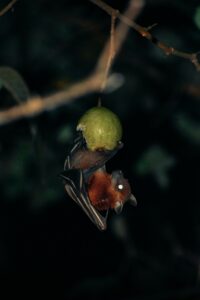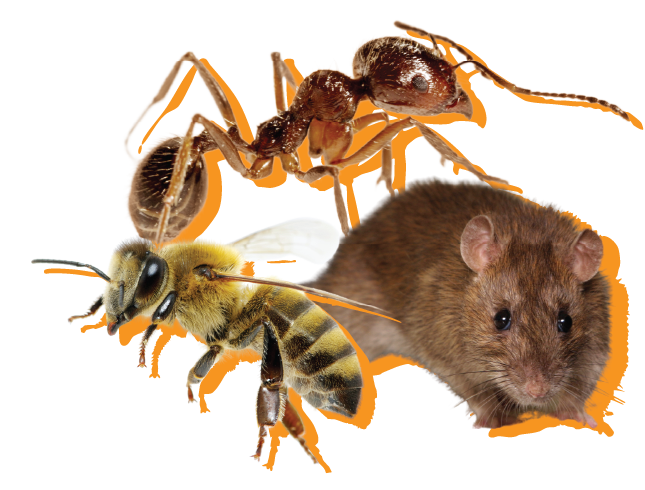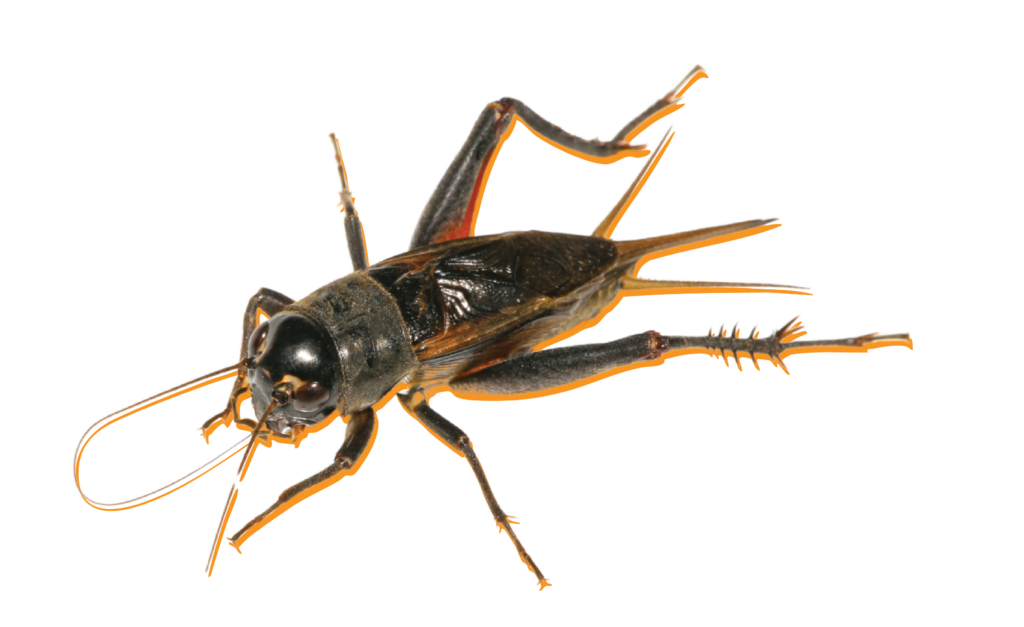Table of Contents
- Key Points
- Bats As Natural Predators
- Why the Bad Rap?
- How You Can Appreciate Bats (From a Safe Distance!)
- What If Bats Become a Problem?
- Learn More About Bat Biology and Control Measures
- References
Key Points
Many people think pest control professionals abhor insects and wild animals. That is because, if you are contacting pest or wildlife eradication services, animals are likely causing issues in your home or on your property. It is hard to view in a positive light a pest that is a threat to you and your family’s health or comfort, or the integrity of your building.
At Precision, we believe you can do both: have respect for wildlife while protecting your home and your loved ones. In fact, we would go a step further to say that pest control treatment can be more effective with greater knowledge and appreciation of living things.
That brings us to April 17: International Bat Appreciation Day. No, we don’t think it is going to take off like Christmas or Thanksgiving, but it is an opportunity to learn more about these interesting creatures, which are too often misunderstood, feared, and underestimated for their impact controlling insects that threaten humans and plants. For instance, bats save U.S. agriculture an estimated $22.9 billion annually by reducing the need for pesticides and preventing crop damage.1
Below is a crash course in bat zoology, with an emphasis on the role they can play in natural insect control on your property. The post also explains when and how bats can become problematic, and what to do about it.
Bats As Natural Predators
Did you know that one bat can devour hundreds, even thousands, of insects in a single night? According to The Nature Conservancy, some species can eat up to 1,200 mosquitoes in an hour! That means a colony of bats could consume tens of thousands of pests every evening.2
Pest control doesn’t get any more eco-friendly than having a natural predator manage insect populations! However, beyond their incredible appetites for insects, bats contribute to our environment in other important ways:
- Pollination: While we often think of bees and butterflies, some bat species are crucial pollinators for various plants.
- Seed Dispersal: Certain bats help spread seeds, contributing to the health and diversity of forests and natural landscapes. Some of your favorite fruits—like bananas, peaches, and even the agave plant (used to make tequila)—depend on bats for pollination. Their seed-spreading activities can also help regenerate forests and maintain healthy ecosystems.
- Indicator Species: The health of bat populations can be an indicator of the overall health of an ecosystem. Declines in bat numbers can signal environmental problems.
Why the Bad Rap?
Unfortunately, bats often suffer from negative stereotypes fueled by folklore and misconceptions. While it is true that some bats can carry rabies (like many other mammals), the incidence is very low. It is important to remember that most bats, like so many other animals, are gentle creatures that prefer to avoid human contact.
How You Can Appreciate Bats (From a Safe Distance!)
There are a few things homeowners can do to appreciate the existence (and even the presence of bats on their property) without sacrificing safety. These include:
- Learn More: Educate yourself and your family about the fascinating world of bats. There are more than 1,400 species of bats worldwide, and at least 40 kinds of bats living in the U.S., so there is a lot to explore.3 You can find tons of great resources available online and through local nature organizations. A few fun bat facts include:
- Bats are not blind— in fact, they have excellent night vision.
- The world’s smallest bat is the Kitti’s hog-nosed bat, also known as the bumblebee bat. Adults can be just over an inch in length.4
- Texas and Oklahoma have (the same) official state bats: the Mexican free-tailed bat.
- Provide Habitat: If you have a suitable location, consider putting up a bat house in your yard. This provides a safe roosting spot for these nocturnal creatures. Ensure it is properly placed, away from human activity and predators.
- Protect Natural Habitats: About 81 of North America’s 152 known bat species are at risk of severe population decline.5 Supporting local conservation efforts can help protect natural areas where bats live and forage.
- Avoid Disturbing Bats: If you encounter bats roosting, observe them from a distance and never try to handle them. If you have concerns about bats on your property, it is always best to call the professionals (like us!) for safe and humane removal, if necessary.

What If Bats Become a Problem?
The good news is that, if bats become an issue for your home, including nesting in your attic or other spaces, you do not have to choose between leaving them there and extermination. In fact, it is illegal to kill bats in most states, including South Carolina.6
How do you get rid of them? The most common and effective method is exclusion. This entails installing a one-way tube that lets the bats escape from the space but not return. It is often done during spring, when bats are active, which also avoids potentially harming them with sudden eviction while they are hibernating during colder months.
Prevention is another approach. Especially if you have had issues with bat infestations in the past, sealing gaps or openings is a simple way to eliminate the temptation of bats to enter. Likewise, installing bat houses presents them with an alternative human dwellings.
Learn More About Bat Biology and Control Measures
At Precision Pest and Wildlife Removal, we understand the importance of a balanced ecosystem. While we are here to help you with unwanted pests inside and around your home, we also recognize the valuable role that natural predators like bats play in keeping insect populations in check. We advocate for responsible and humane solutions and appreciate the ecological benefits that bats bring to our community.
So, this International Bat Appreciation Day, let’s give a hand to these amazing creatures. They are working hard every night to keep our environment healthier!
If you have concerns about bats in your home or business, give us a call. We formulate solutions based on each unique set of circumstances and property.
References
- “Calculate the Value of Bats,” Discover Bats, U.S. Department of Agriculture, https://www.fs.usda.gov/Internet/FSE_DOCUMENTS/fseprd476773.pdf.
- “Amazing Facts About Bats,” The Nature Conservancy, September 2024, retrieved on April 17, 2025, from: https://www.nature.org/en-us/about-us/where-we-work/united-states/arizona/stories-in-arizona/top-10-bat-facts/.
- “13 Awesome Facts About Bats,” U.S. Department of the Interior, January 2025, retrieved on April 18, 2025, from: https://www.doi.gov/blog/13-facts-about-bats.
- “State of the Bats: Conservation Status and Threats to North American Bats,” National Parks Service, https://digital.batcon.org/state-of-the-bats-report/2023-report/.
- Yushi Osawa and Keiko Osawa, “Bumblebee Bat,’ Bat Conservation International, retrieved on April 18, 2025, from: https://www.batcon.org/bat/craseonycteris-thonglongyai-2/.
- “How to Deal With Nuisance Bats in South Carolina,” South Carolina Department of Natural Resources, retrieved on April 18, 2025: https://www.dnr.sc.gov/wildlife/publications/nuisance/SCbatsinbldgs.pdf.


